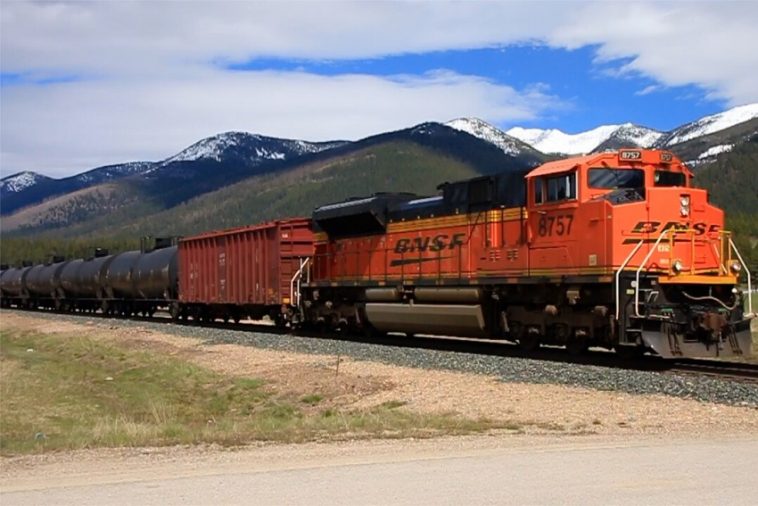Missoula, MT – The U.S. Fish & Wildlife Service (USFWS) has granted BNSF Railway a special permit to “take” 19 grizzly bears over the next seven years in exchange for funding conservation efforts aimed at protecting the species in northwest Montana. The plan, which has been under development for years, addresses the ongoing issue of bear fatalities along BNSF’s rail lines, where over 60 grizzly bears have been killed over the last 15 years.
The Habitat Conservation Plan (HCP) is the result of a collaborative effort between BNSF, Montana Fish, Wildlife & Parks (FWP), and the Montana Outdoor Legacy Foundation. BNSF, the largest freight railroad in the United States, will contribute $2.9 million to help fund key conservation initiatives. These efforts include hiring seasonal bear technicians, installing monitoring equipment such as radio collars and remote cameras, and cleaning up waste—particularly spilled grain—that attracts bears to the tracks.
“This plan represents a significant partnership and step forward in our continued efforts to bolster grizzly bear recovery and conservation in northwest and north-central Montana,” said Christy Clark, director of FWP, in a press release. “Funding from BNSF will support boots on the ground and benefit public safety and grizzly bears. We commend BNSF Railway for working with us on this plan.”
The $2.9 million investment will primarily support conservation activities within the Northern Continental Divide Ecosystem, an area encompassing parts of Glacier National Park, Flathead and Kootenai national forests, and the Blackfeet Indian Reservation. This region is critical to grizzly bear populations, but it has long been impacted by railroad operations.



